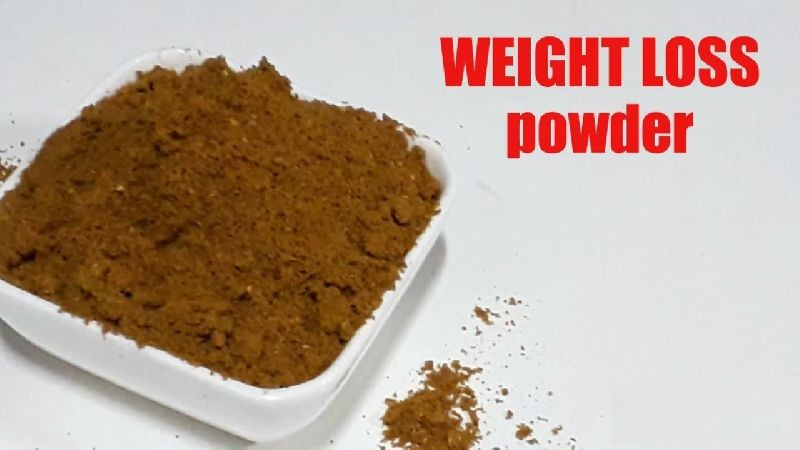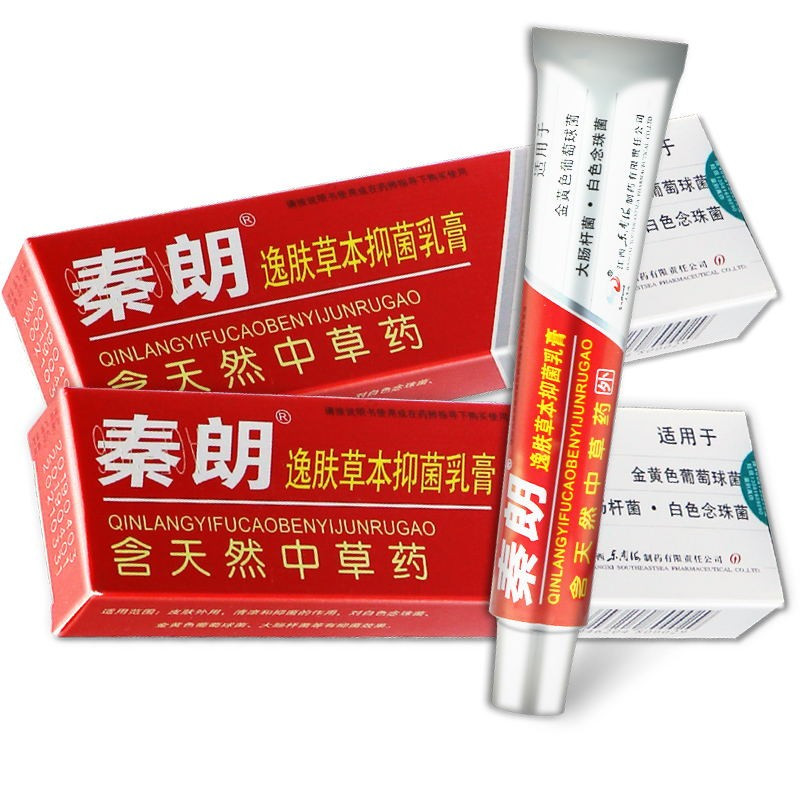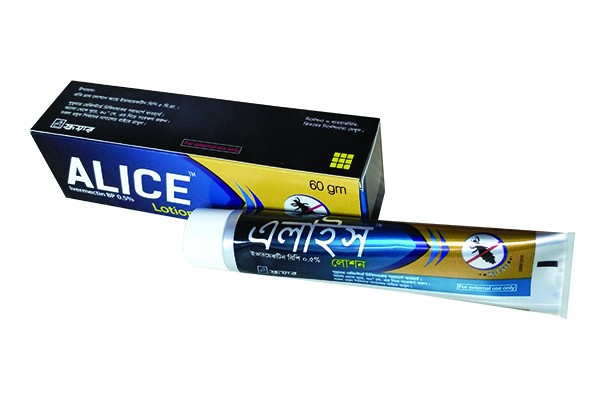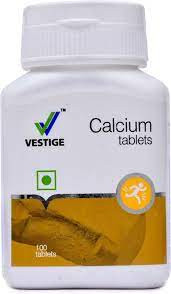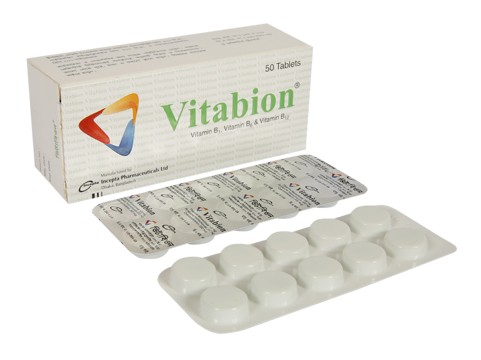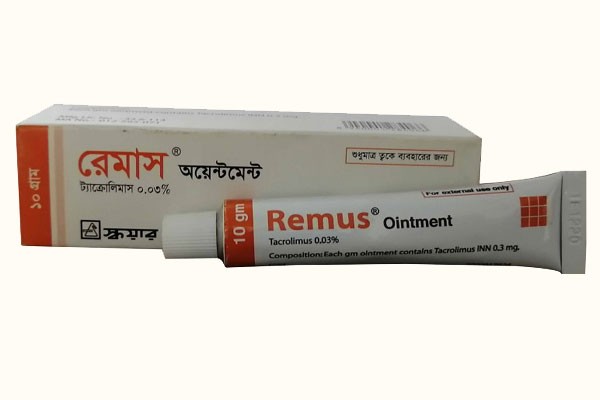

Remus Ointment 0.03%
Inhouse product
-
৳1,030.00
৳1,550.00 -
৳10.00
৳12.00 -
৳280.00
৳500.00 -
৳127.00
৳132.00 -
৳900.00
৳1,300.00 -
৳112.00
৳120.00
Reviews & Ratings
Indications
Tacrolimus ointment is indicated for short-term and intermittent long-term therapy in the treatment of patients with moderate to severe atopic dermatitis in whom the use of alternative, conventional therapies are deemed inadvisable because of potential risks, or in the treatment of patients who are not adequately responsive to or are intolerant of alternative, conventional therapies. Tacrolimus Ointment is also indicated in other skin conditions such as chronic cutaneous graft-vs-host disease, hand and foot eczema, allergic contact dermatitis, psoriasis, lichen planus, facial lichen, vulvar lichen sclerosus, pyoderma gangrenosum, leg ulcers in rheumatoid arthritis, steroid-induced rosacea & alopecia areata, annular erythema, chronic actinic dermatitis and recalcitrant facial erythema.
Therapeutic Class
Drugs affecting the immune response
Pharmacology
Tacrolimus inhibits T-lymphocyte activation, although the exact mechanism of action is not known. Experimental evidence suggests that tacrolimus binds to an intracellular protein, FKBP-12. A complex of tacrolimus-FKBP-12, calcium, calmodulin, and calcineurin is then formed and the phosphatase activity of calcineurin inhibited. This effect may prevent the dephosphorylation and translocation of nuclear factor of activated T-cells (NF-AT), a nuclear component thought to initiate gene transcription for the formation of lymphokines (such as interleukin-2, gamma interferon). The net result is the inhibition of T-lymphocyte activation (i.e., immunosuppression).
Tacrolimus prolongs the survival of the host and transplanted graft in animal transplant models of liver, kidney, heart, bone marrow, small boweland pancreas, lung and trachea, skin, cornea, and limb.
In animals, tacrolimus has been demonstrated to suppress some humoral immunity and, to a greater extent, cell-mediated reactions such asallograft rejection, delayed type hypersensitivity, collageninduced arthritis, experimental allergic encephalomyelitis, and graft versus host disease.
Dosage
Apply a thin layer of Tacrolimus ointment onto the affected skin areas twice daily and rub in gently and completely. Treatment should be continued for one week after clearing of signs and symptoms of atopic dermatitis. The safety of Tacrolimus ointment under occlusion which may promote systemic exposure has not been evaluated. Tacrolimus ointment should not be used with occlusive dressings.
Administration
Tacrolimus ointment should be applied as a thin layer to affected or commonly affected areas of the skin. Tacrolimus ointment may be used on any part of the body, including face, neck and flexure areas, except on mucous membranes. Tacrolimus ointment should not be applied under occlusion because this method of administration has not been studied in patients.
Interaction
Formal topical drug interaction studies with Tacrolimus ointment have not been conducted. The concomitant administration of known CYP3A4 inhibitors in patients with widespread and/or erythrodermic disease should be done with caution. Some examples of such drugs are erythromycin, itraconazole, ketoconazole, fluconazole, calcium channel blockers and cimetidine.
Contraindications
Tacrolimus ointment is contraindicated in patients with a history of hypersensitivity to Tacrolimus or any other component of the preparation.
Side Effects
Transient burning or heat sensation at the site of application is frequently observed. It tends to decrease after repeated applications. Other side-effects include skin erythema, flu-like symptoms, headache and skin infection. It does not cause skin atrophy despite prolonged application.
Pregnancy & Lactation
Pregnancy Category C. There are no adequate and well-controlled studies of topically administered Tacrolimus in pregnant women. The experience with Tacrolimus ointment when used by pregnant women is too limited to permit assessment of the safety of its use during pregnancy.
Nursing Mothers: Although systemic absorption of Tacrolimus following topical applications of Tacrolimus ointment is minimal relative to systemic administration, it is known that Tacrolimus is excreted in human milk. Because of the potential for serious adverse reactions in nursing infants from Tacrolimus, a decision should be made whether to discontinue nursing or to discontinue the drug, taking into account the importance of the drug to the mother.
Precautions & Warnings
Cautions should be exercised while treatment with Tacrolimus ointment in patients with atopic dermatitis predisposed to superficial skin infections. The safety of Tacrolimus ointment has not been established in patients with generalized erythroderma.
Overdose Effects
Tacrolimus ointment is not for oral use. Accidental oral ingestion of Tacrolimus ointment may lead to adverse effects associated with systemic administration of Tacrolimus. If oral ingestion occurs, medical advice should be sought.
Storage Conditions
Store in a cool & dry place, protected from light.
Frequently Bought Products
-
৳1,030.00
৳1,550.00 -
৳10.00
৳12.00 -
৳280.00
৳500.00 -
৳127.00
৳132.00 -
৳900.00
৳1,300.00 -
৳112.00
৳120.00
Online Shopping Bangladesh : MShopBD-Majumder Shop
MShopBD-Majumder Shop Online Shopping in Bangladesh is the Best Shopping store within 10000+ products cash on delivery in dhaka, Khulna, ctg & all over Bangladesh with COD-cash on delivery (Only Shipping Cost Advance ) under by www.esdp.gov.bd (bangladesh.gov.bd ) Home Delivery all Over Bangladesh different location and shop as like as Multivendor Online Sites in BD.
Thank you for choosing MShopBD - Majumder Shop!
